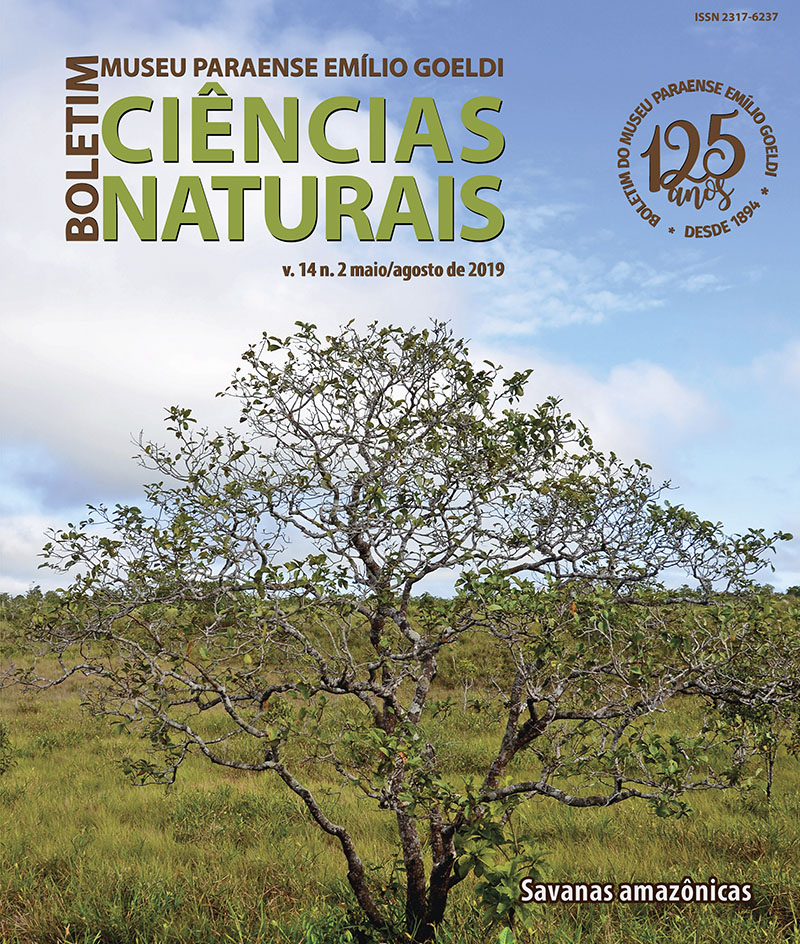Natural history of the plants of Maranhão (Brazil) in the 19th century according to the works of Friar Francisco de Nossa Senhora dos Prazeres
DOI:
https://doi.org/10.46357/bcnaturais.v14i2.175Keywords:
Natural history, Flora of Maranhão, Documentary analysisAbstract
The exchange of plants among the Portuguese colonies occurred throughout the process of Portuguese territorial expansion since the 15th century. The main goal of the present project was to carry out documentary research of the work “Poranduba maranhense: Historical relation of the province of Maranhão” and recover the natural history of plants of Maranhão in the 19th century, so as to update the information according to current botanical knowledge, and more specifically, to identify the species, provenances, and their uses. 174 ethnomies were extracted, of which 88.51% (n = 154) were identified at least at the family level and 11.49% (n = 20) did not have their botanical identities clarified. Of these, 81% (n = 141) consisted of native species and 19% (n = 33) of exotic ones. Human food obtained the highest citation of use, 31% (n = 58). Wood and medicinal uses followed, with respective 22% (n = 41) and 15% (n = 28). In the codex of plants there are commercially important species such as: sugarcane, cotton, tobacco, coffee, as well as species linked to the Portuguese colonizer’s eating habits, but also a large number of native species. In general, the representation of plants portrays the pattern of colonization.
Downloads
Published
Issue
Section
License
Publication means fully assigning and transferring all copyrights of the manuscript to the journal. The Liability Statement and
Assignment of Copyrights will be enclosed with the notice of acceptance. All the authors must sign the document and return it to the journal.








